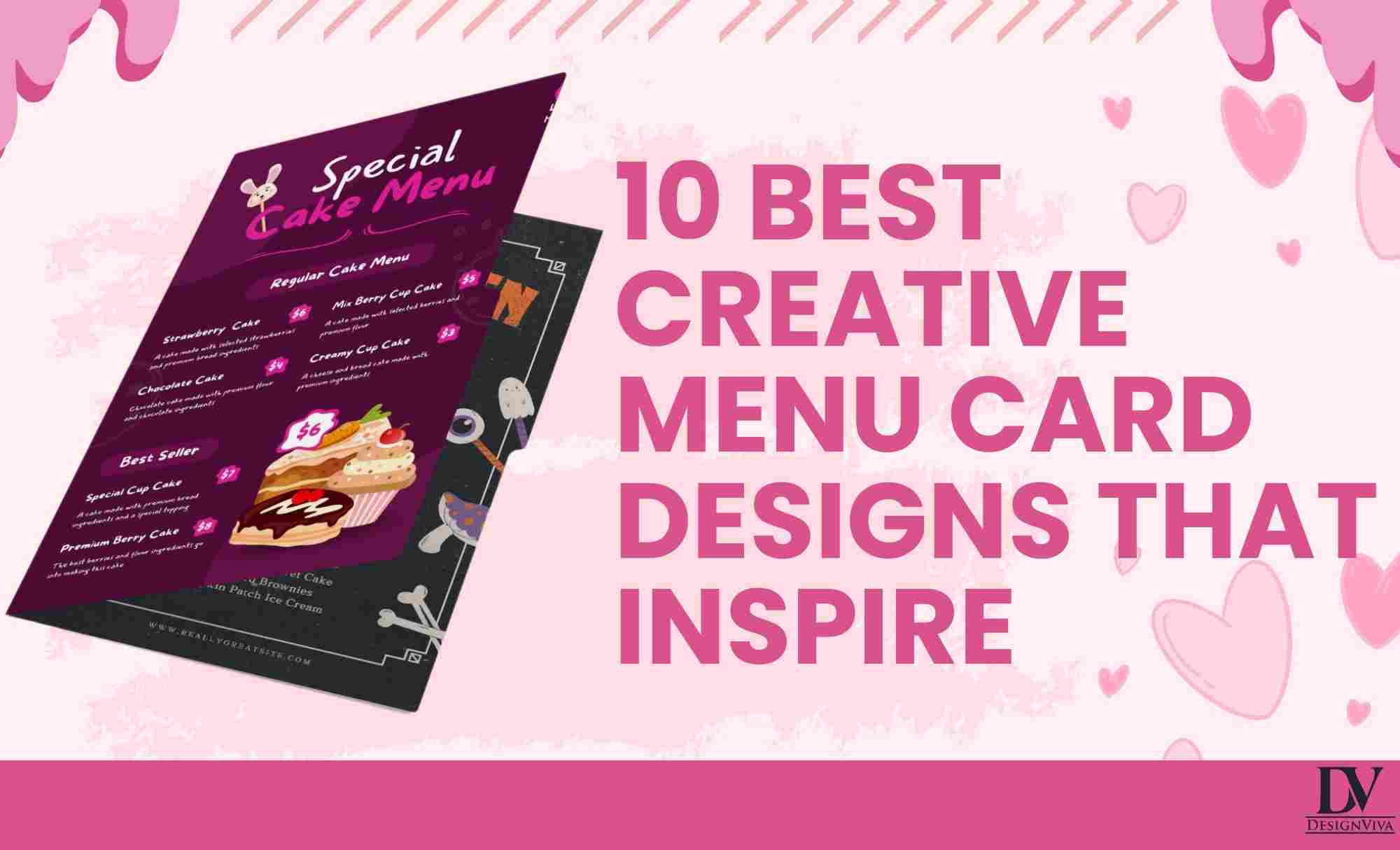
In the world of dining, a well-designed menu card is not only a functional piece but also a work of art that sets the tone for the entire dining experience. Creative menu card designs can capture the essence of a restaurant's brand, evoke appetite, and leave a lasting impression on customers. In this article, we will explore ten exceptional menu card designs that inspire with their creativity, aesthetics, and ability to elevate the dining experience.
1. Minimalist Elegance
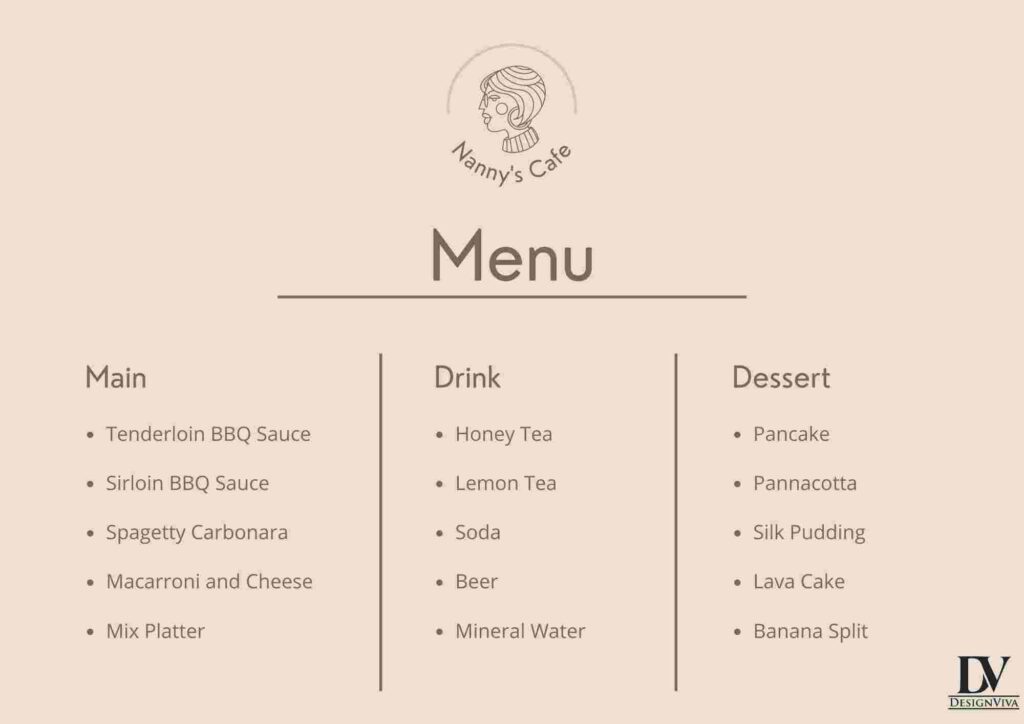
A minimalist menu card design embraces simplicity and clean lines. It uses ample white space, minimal text, and a refined choice of fonts and colors. This design approach creates a sense of sophistication and allows the focus to remain on the dishes themselves.
2. Vintage Charm
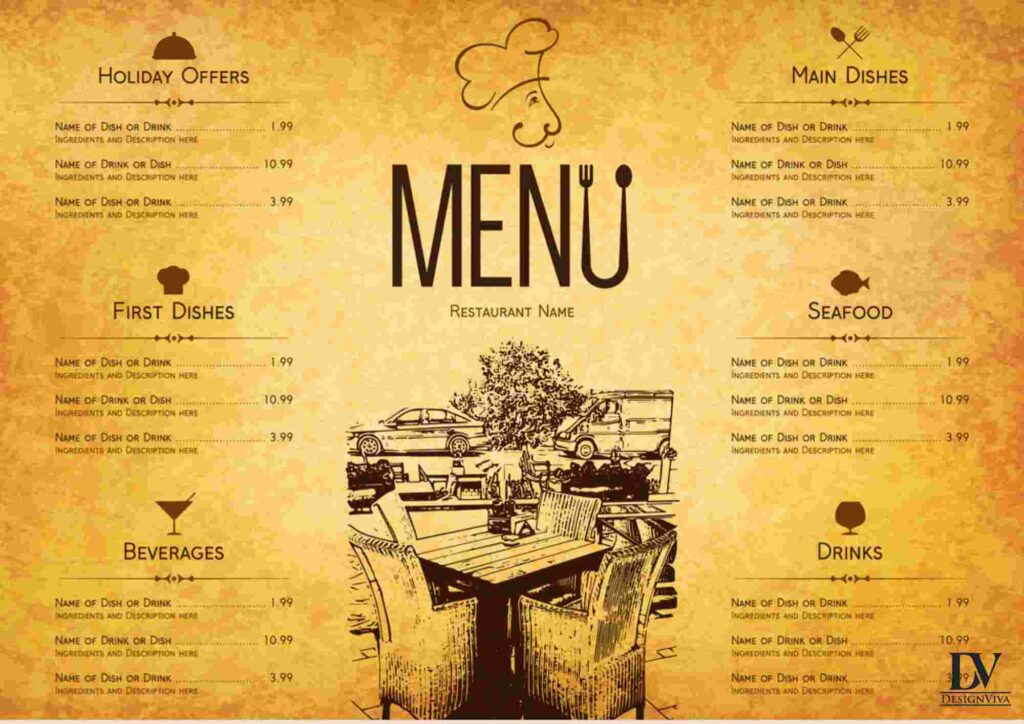
Drawing inspiration from retro aesthetics, a vintage-themed menu card design adds a touch of nostalgia and charm to the dining experience. It incorporates classic typography, faded colors, and illustrations reminiscent of bygone eras.
3. Typography as Art
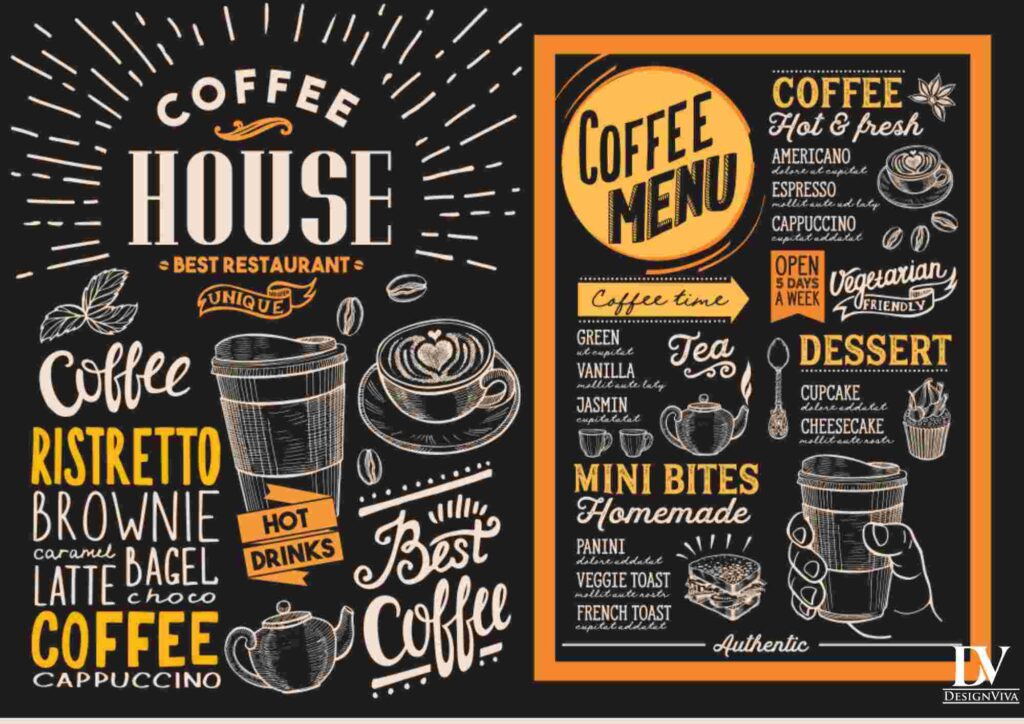
Using typography as the primary design element, this style showcases creative and artistic font choices. Letters may be hand-drawn, transformed into illustrations, or integrated into the overall visual composition to create a captivating and unique menu card.
4. Illustrated Delight
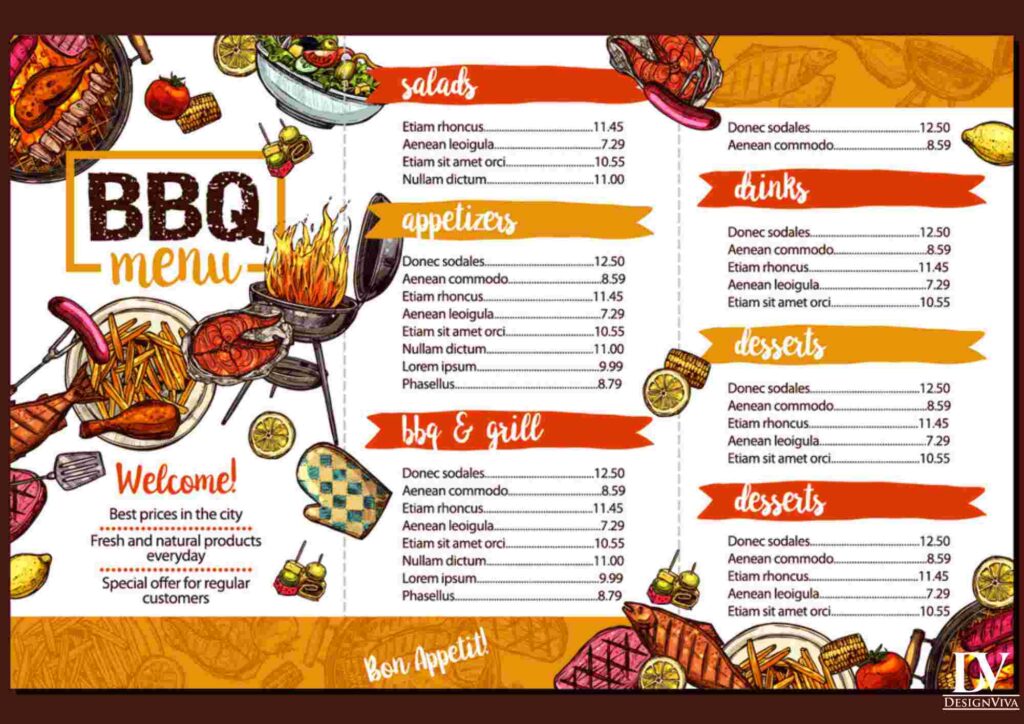
An illustrated menu card design features hand-drawn or digitally created illustrations that depict the dishes, ingredients, or ambiance of the restaurant. This approach adds a playful and artistic element to the menu, capturing customers' attention and piquing their curiosity.
5. Nature's Palette
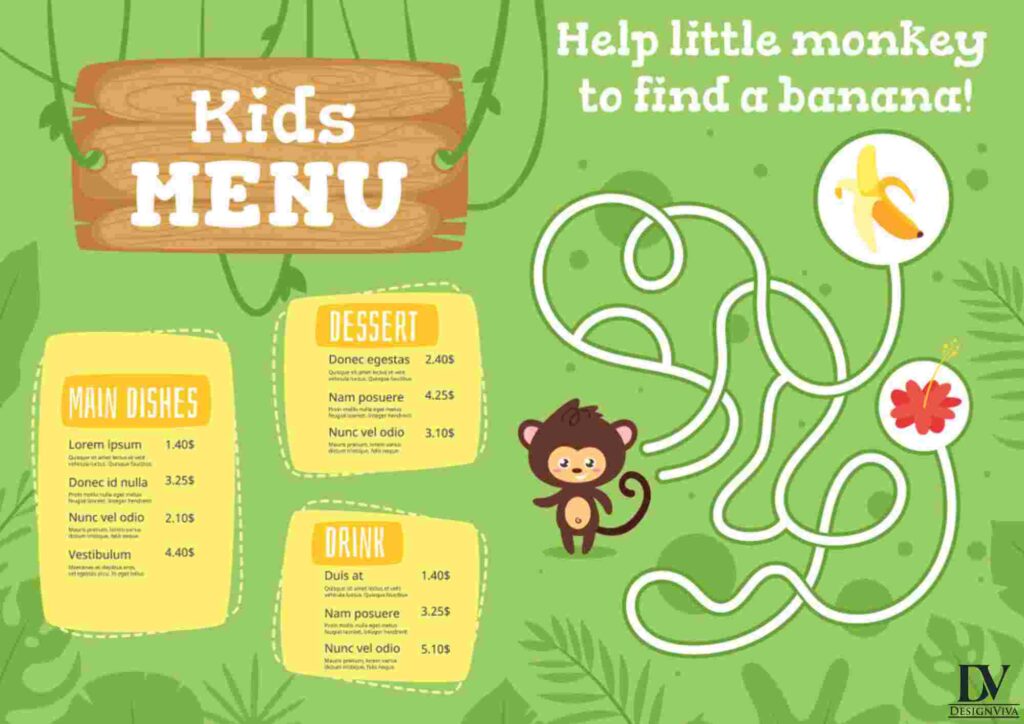
A menu card design inspired by nature brings organic elements into the visual composition. It incorporates botanical illustrations, natural textures, and earthy colors, creating a connection between the dining experience and the beauty of the natural world.
6. Modern Geometrics
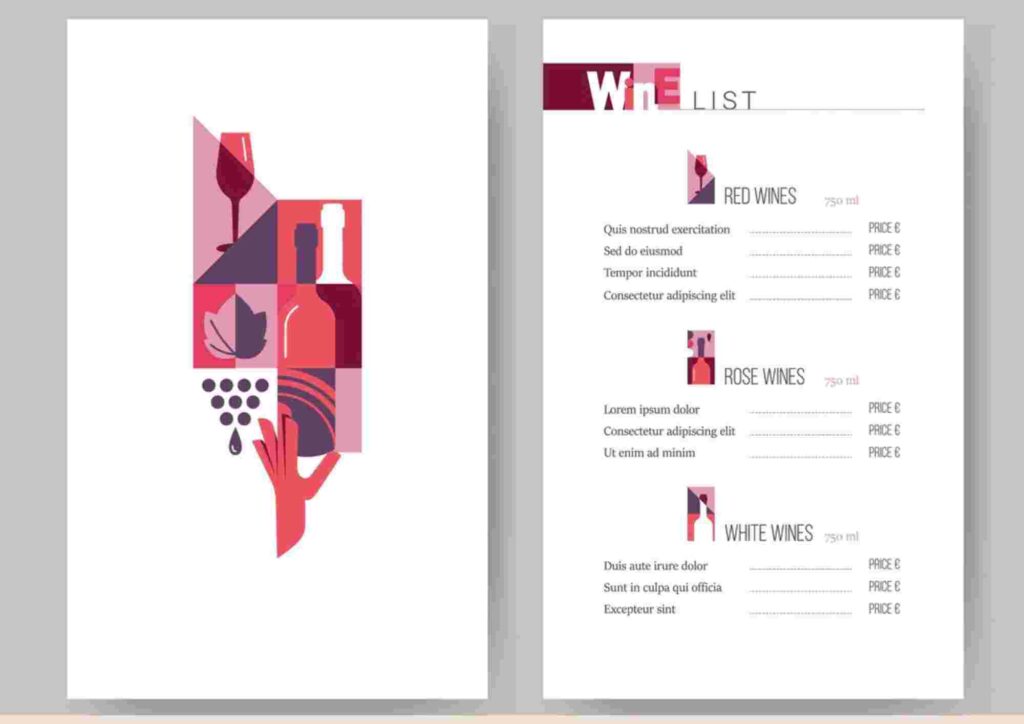
This design style embraces bold geometric shapes, patterns, and symmetry to create a visually striking menu card. It uses vibrant colors and clean lines to convey a contemporary and avant-garde vibe, capturing the attention of diners.
7. Interactive Elements
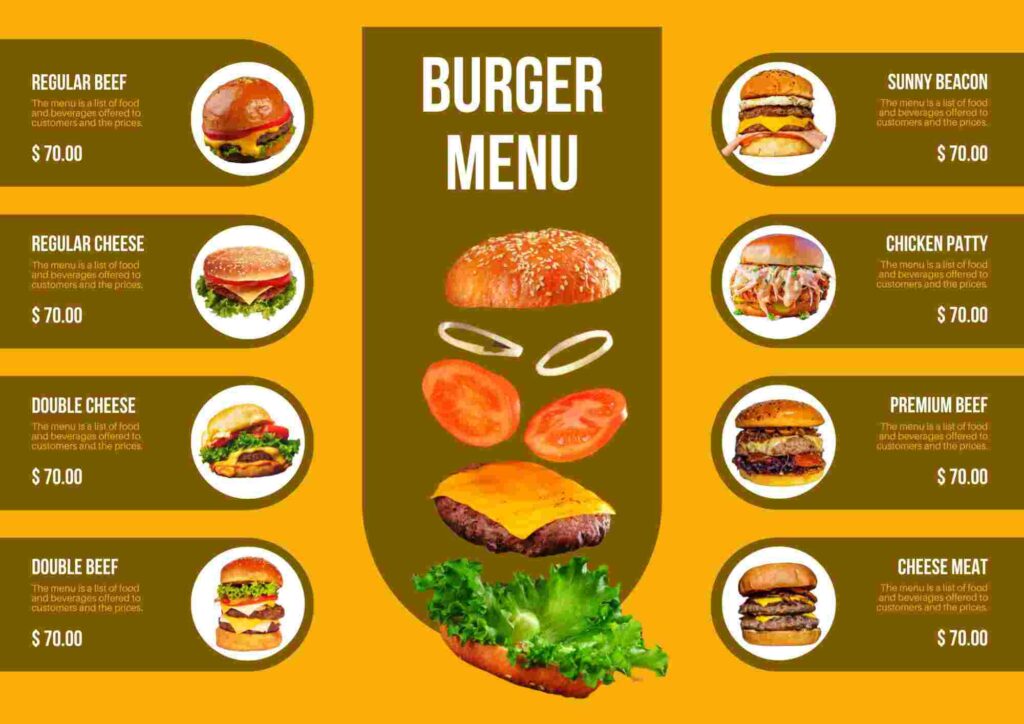
Interactive menu card designs engage customers by incorporating interactive elements such as pop-ups, flip cards, or hidden messages. These designs encourage exploration and create a memorable and interactive dining experience.
8. Culinary Photography
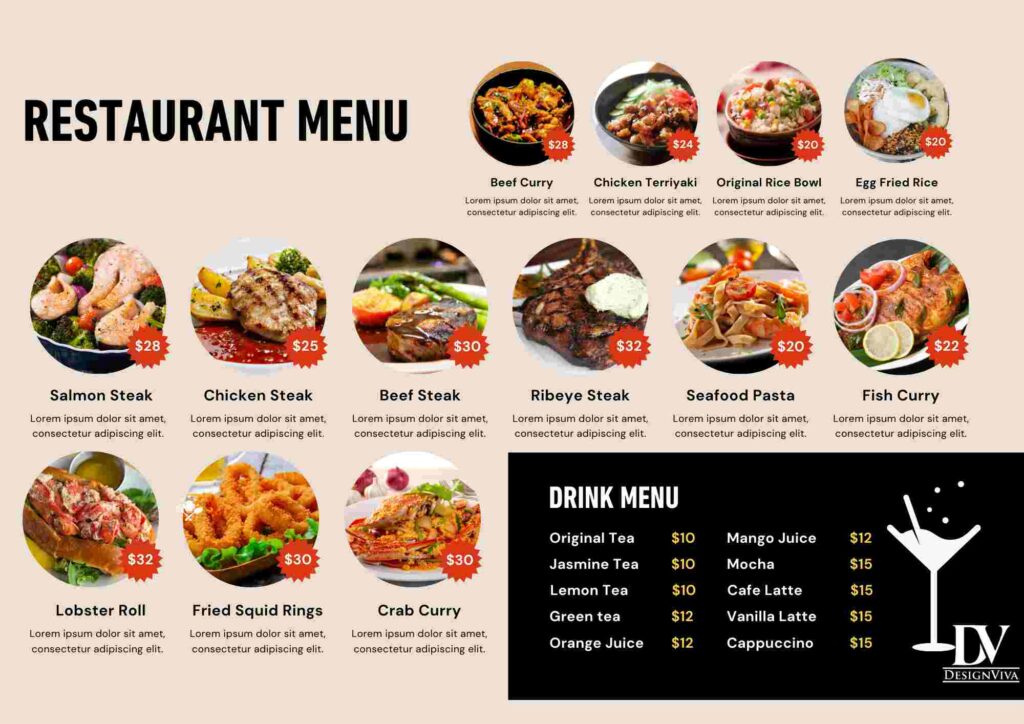
Incorporating high-quality food photography into a menu card design allows customers to visualize the dishes before they even arrive at the table. Stunning food images combined with thoughtful typography and design elements create an appetizing and immersive menu experience.
9. Material Exploration
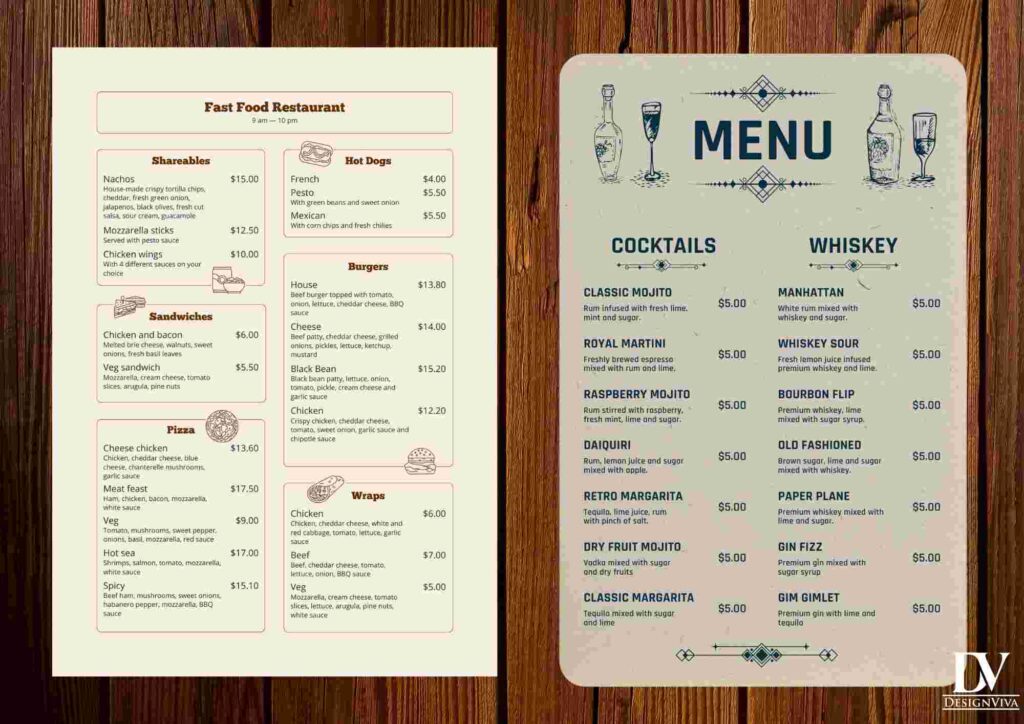
Using unconventional materials and textures, such as wood, fabric, or recycled paper, adds a tactile and sensory dimension to the menu card design. This approach creates a unique and memorable dining experience by engaging multiple senses.
10. Playful and Quirky
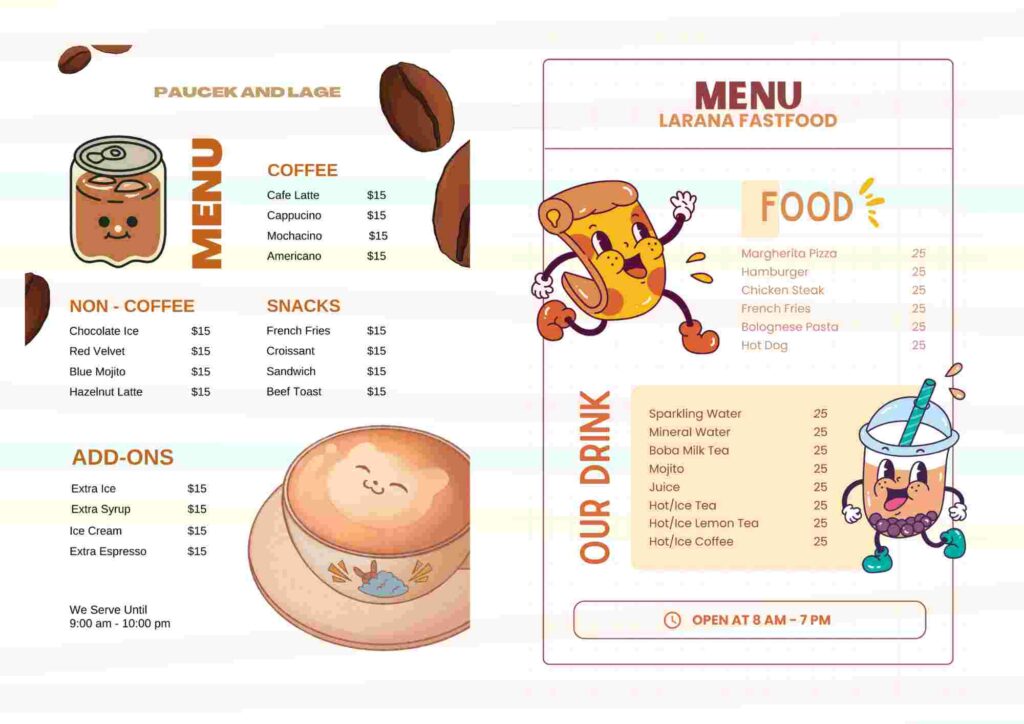
A playful menu card design embraces humor, whimsy, and unexpected elements. It may feature quirky illustrations, clever puns, or interactive elements that surprise and delight customers, setting a lighthearted and enjoyable tone for the dining experience.
Conclusion
Creative menu card designs have the power to enhance the overall dining experience by captivating customers' attention, setting the ambiance, and reflecting the essence of the restaurant's brand. Whether through minimalism, vintage charm, typography as art, or playful elements, these designs inspire creativity and elevate the dining experience to new heights. So, the next time you find yourself perusing a menu card, take a moment to appreciate the thought and artistry behind it and let it enhance your culinary journey.
